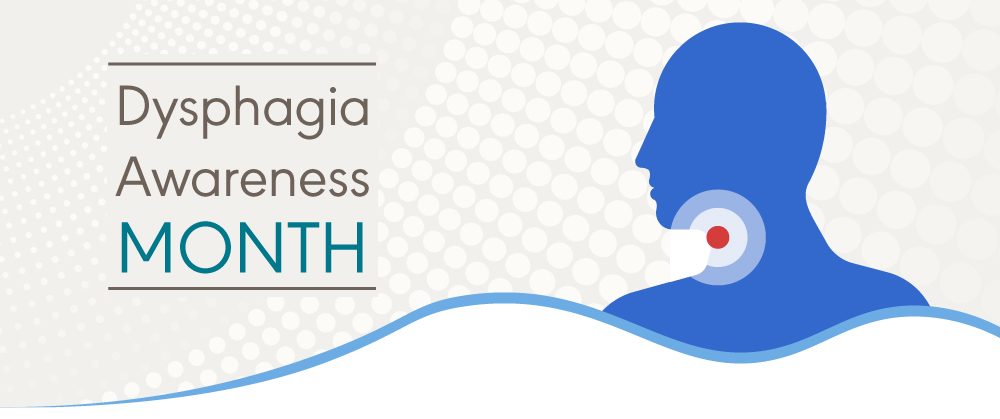Access to the latest research can help ASHA members provide children or adults with dysphagia personalized care to prevent malnutrition, dehydration, pneumonia, and other serious conditions. In recognition of Dysphagia Awareness Month, we’re highlighting popular and trending new articles addressing the management of swallowing disorders in people of all ages.
Intervention and Management of Feeding and Swallowing Disorders
Alterations and Preservations: Practices and Perspectives of Speech-Language Pathologists Regarding the Intervention of Thickened Liquids for Swallowing Problems: Although thickened liquids have long been used to help people with dysphagia drink safely, recent research highlights limited evidence for this method—and unintended consequences. Learn about how clinicians around the world are incorporating this new evidence in their treatment plans for people with dysphagia.
What Plays a Role in Perceived Confidence for Managing Pediatric Feeding Disorders in the Public School: School-based speech-language pathologists (SLPs) are tasked with managing pediatric feeding disorders, but this often requires specialized skills and knowledge in which they may not feel confident. The findings from this study show that SLPs feel more comfortable managing pediatric feeding disorders through graduate courses, post-professional education, and support from their administrators.
Tools Used in Swallowing Assessment
Reference Values for Videofluoroscopic Measures of Swallowing: An Update: SLPs who work with people with swallowing difficulties need to have reliable and evidence-based reference values for all patients in a variety of conditions when performing videofluoroscopic measures of swallowing. Researchers worked to provide reference tables by consistency for adults of all ages.
Contribution of Wireless Wi-Fi Intraoral Cameras to the Assessment of Swallowing Safety and Efficiency: Clinical swallowing evaluations can provide SLPs with a lot of information, but they’re limited in detecting penetration, aspiration, and pharyngeal residue. Here, the authors show the potential of using a wireless camera for endoscopic procedures in conjunction with a traditional swallowing evaluation.
Feeding and Swallowing in Infants
Establishing Normative Values for Healthy-Term–Infant Feeding Performance: Neonatal Eating Assessment Tool–Mixed, Oral Feeding Scale, and Early Feeding Skills Assessment: Infants with perceived feeding problems are often assessed for their feeding abilities, but there is little evidence for how infants without dysphagia perform on these same measures. By studying 30 infants without dysphagia, researchers established healthy-term–infant normative values for common feeding assessments.
Speech-Language Pathologists’ Use of Side-Lying Position in Infant Modified Barium Swallow Studies: A Qualitative Investigation: In this study, the authors surveyed clinicians performing modified barium swallow studies on infants who may have dysphagia. Although SLPs stress the importance of swallow studies replicating feeding, they inconsistently assessed infants’ swallowing when those infants were in the side-lying position that is typically used for feeding.
Even More on Dysphagia
The articles above are just a small sample of the dozens of articles published on swallowing every year in the ASHA Journals! Recent forums in LSHSS and Perspectives highlight pediatric feeding disorders in schools and devices used in pediatric dysphagia.
We hope that these articles can help you better serve people with swallowing disorders of all ages in your daily work. During Dysphagia Awareness Month, and all year long, the ASHA Journals recognize the importance of the work that you do!







